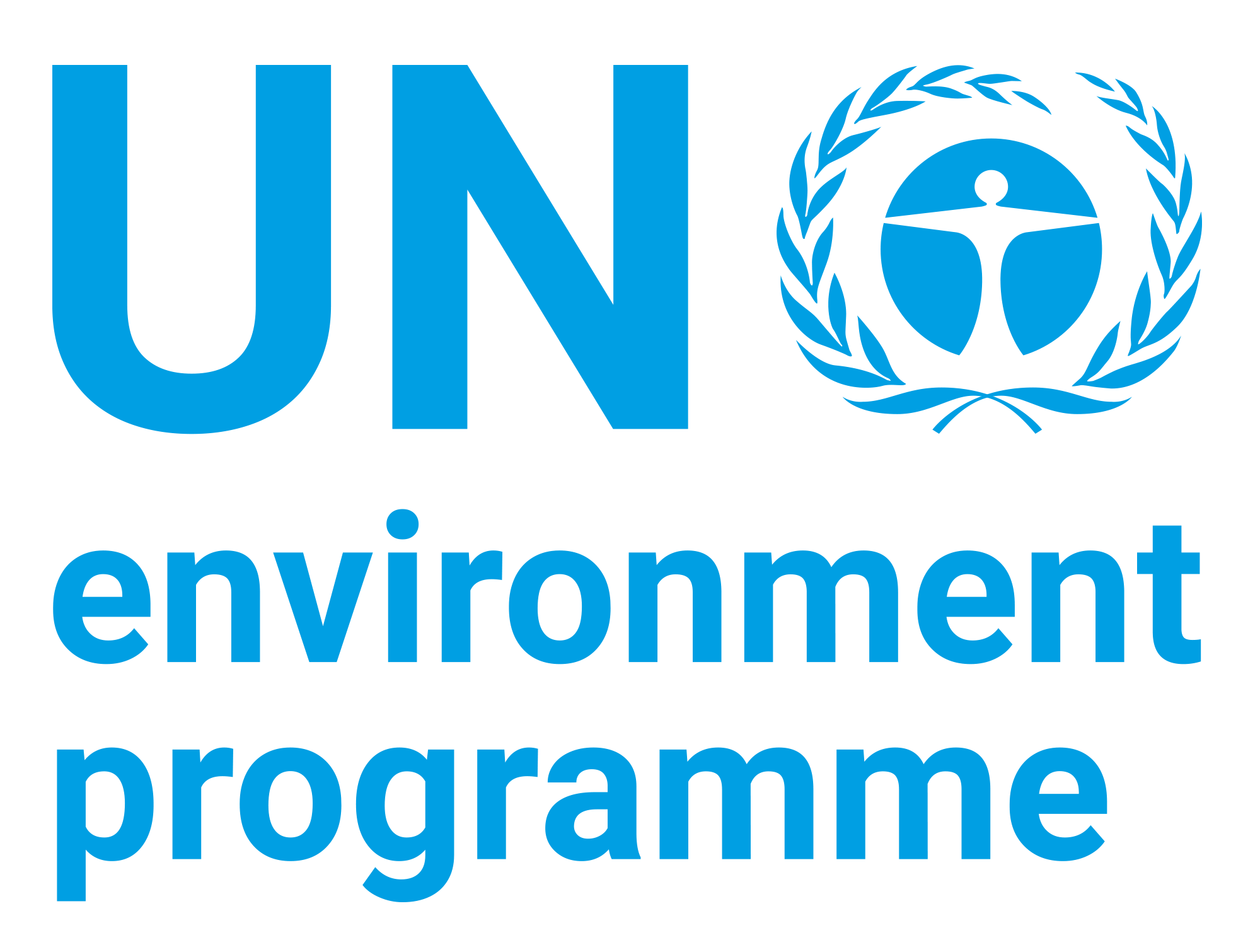| dc.contributor | Economy Division | en_US |
| dc.contributor.author | United Nations Environment Programme | en_US |
| dc.date.accessioned | 2019-08-15T17:07:53Z | |
| dc.date.available | 2019-08-15T17:07:53Z | |
| dc.date.issued | 1990 | |
| dc.identifier.isbn | 92 4 154300 0 | en_US |
| dc.identifier.uri | https://wedocs.unep.org/20.500.11822/29412 | |
| dc.description | Vinylidene chloride (C2H2Cl2) is a volatile, colourless liquid with a "sweet" odour. It is stabilized with p- methoxyphenol to prevent the formation of explosive peroxides. Vinylidene chloride is used for the production of 1,1,1-trichloroethane and to form modacrylic fibres and copolymers (with vinyl chloride or acrylonitrile). Gas chromatographic methods have been developed for the determination of vinylidene chloride in air, water, packaging films, body tissues, food, and soil. The most sensitive method of detection is by electron capture. | en_US |
| dc.format | Text | en_US |
| dc.language | English | en_US |
| dc.rights | Public | en_US |
| dc.subject | environmental health | en_US |
| dc.subject | chemical | en_US |
| dc.subject | aquatic ecology | en_US |
| dc.subject | toxic substance | en_US |
| dc.subject | carcinogen | en_US |
| dc.title | Vinylidene Chloride - Environmental Health Criteria 100 | en_US |
| wd.identifier.sdg | SDG 3 - Good Health and Well-Being | en_US |
| wd.topics | Chemicals and Pollution Action | en_US |
| wd.identifier.pagesnumber | 192 pages | en_US |


